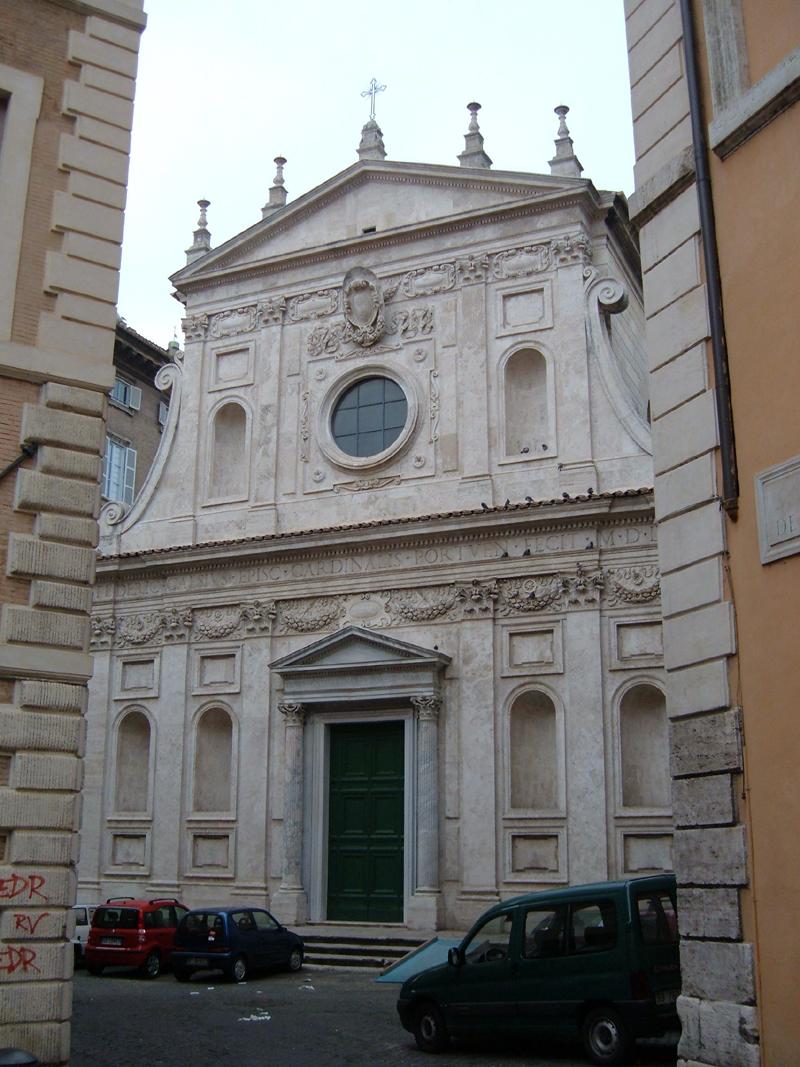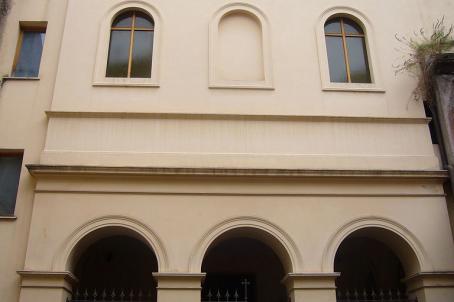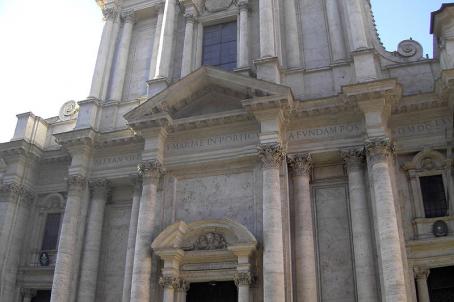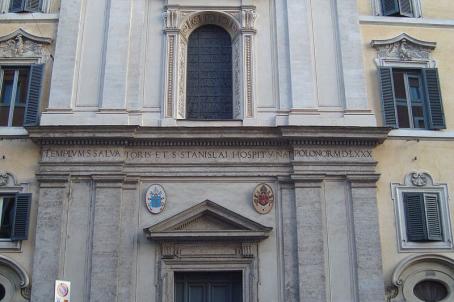Chiesa di Santa Caterina dei Funari

The church of Santa Caterina dei Funari is already attested in a bull of Pope Celestine III of 1192, but the present church dates back to the 16th century when Pope Paul III (1534-1549) granted it to Ignatius of Loyola. The adjoining and later convent was demolished in 1940 and the planned reconstruction was never carried out.





